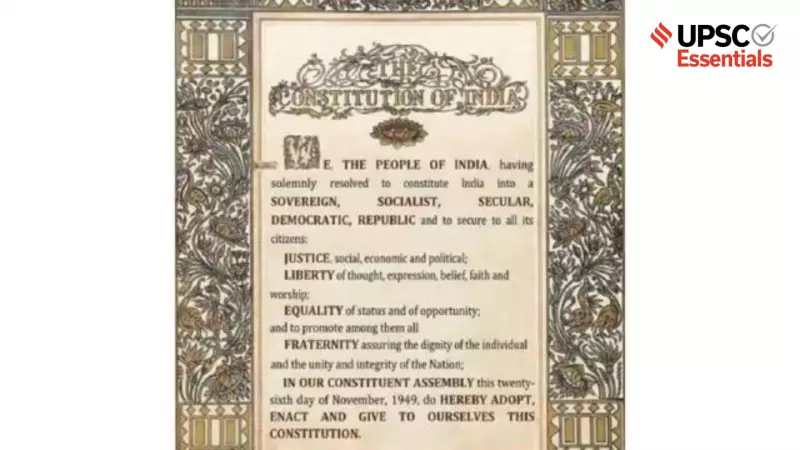
The birth of independent India in 1947 marked not just freedom from British rule, but the beginning of an extraordinary nation-building experiment. What emerged from colonial subjugation was a fragmented landscape of 562 princely states, each with its own ruler and governance system. The monumental task of weaving these disparate territories into a single democratic fabric became India's first great challenge as a sovereign nation.
The Sardar Patel Masterstroke: Unifying a Divided Subcontinent
At the heart of this political consolidation stood Sardar Vallabhbhai Patel, India's first Deputy Prime Minister and Home Minister. With remarkable diplomatic skill and strategic vision, Patel embarked on what many considered an impossible mission. His approach combined persuasive negotiation with firm resolve, convincing princely rulers to join the Indian Union voluntarily.
The Instrument of Accession became the key mechanism through which states transferred control of defense, external affairs, and communications to the central government. This brilliant political instrument allowed rulers to maintain certain privileges while ensuring national integration.
Challenges and Triumphs: The Integration Saga
The path to unification wasn't without obstacles. Some states hesitated, while others like Hyderabad, Junagadh, and Jammu & Kashmir presented particularly complex situations. The government employed various strategies:
- Diplomatic persuasion and highlighting the benefits of union
- Administrative reorganization of states along linguistic lines
- Constitutional framework that respected diversity while promoting unity
- Democratic institutions that gave voice to all regions
The Linguistic Reorganization: Celebrating Diversity in Unity
One of the most innovative aspects of India's consolidation was the linguistic reorganization of states. Rather than suppressing regional identities, India embraced them by creating states based on language. This bold move acknowledged cultural diversity while strengthening national unity, proving that India's strength lay in its "unity in diversity" philosophy.
Building Democratic Foundations
The success of political consolidation paved the way for India's democratic journey. By creating a unified administrative structure, establishing rule of law across territories, and implementing a constitutional framework, India laid the groundwork for what would become the world's largest democracy.
The integration of princely states remains one of independent India's most significant achievements—a testament to visionary leadership and the power of peaceful negotiation in nation-building.





